Garden Tips UK: Easy Ideas for a Beautiful Yard
Gardening in the UK can be a rewarding and enjoyable activity, whether you’re an experienced gardener or just starting out. The diverse climate offers a variety of opportunities and challenges, making it essential to know the best tips and tricks that suit the local conditions. What are the key tips to help you succeed in your UK garden?
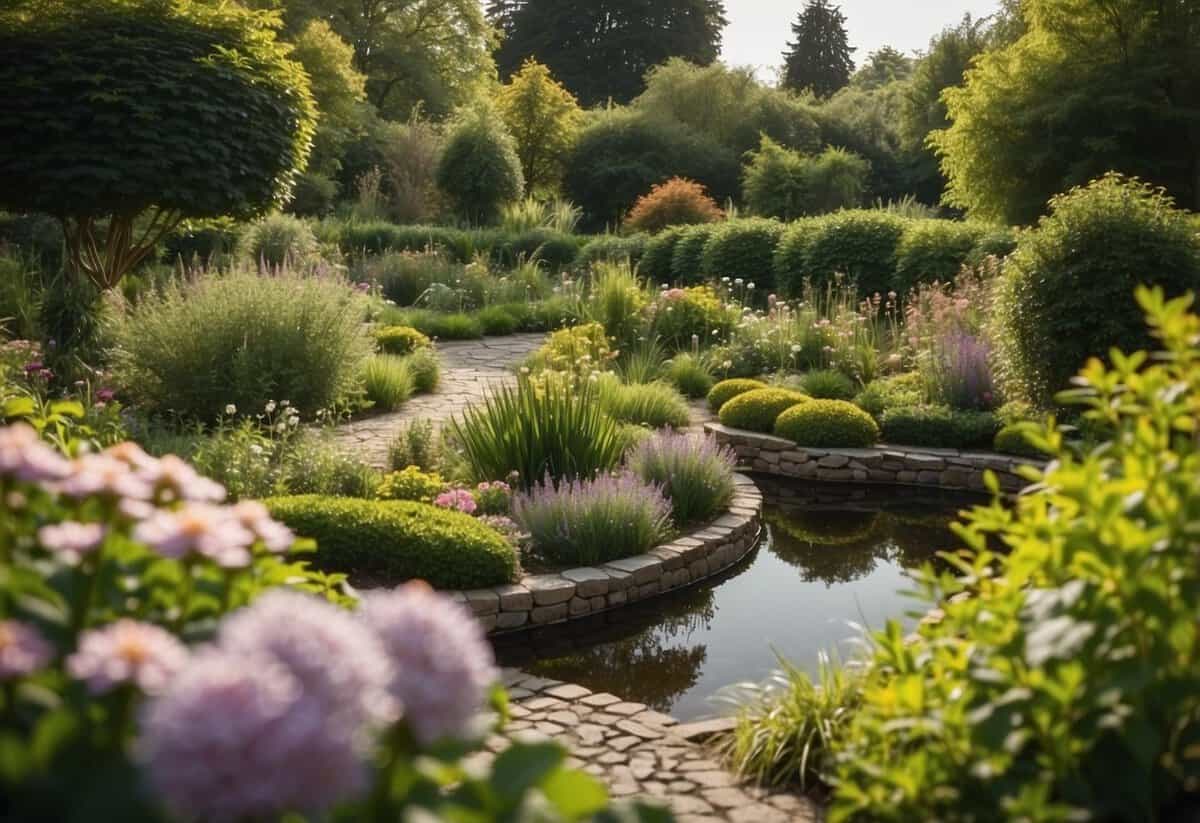
By understanding the specific needs of plants, fruits, and vegetables in your garden, you can cultivate a lush and vibrant outdoor space. From composting to choosing the right plants, there are many ways to enhance your gardening experience and create a beautiful, thriving garden.
1) Plant Lavender to Attract Bees

Lavender is a great choice for attracting bees to your garden. The flowers are full of nectar, which bees love.
This plant thrives in full sun and well-drained soil. Prune it yearly to keep it compact and healthy.
Lavender also blooms at the peak of summer when bees need food the most. With its beautiful flowers and low maintenance, it’s a perfect addition to any garden.
2) Use Organic Compost for Healthier Soil
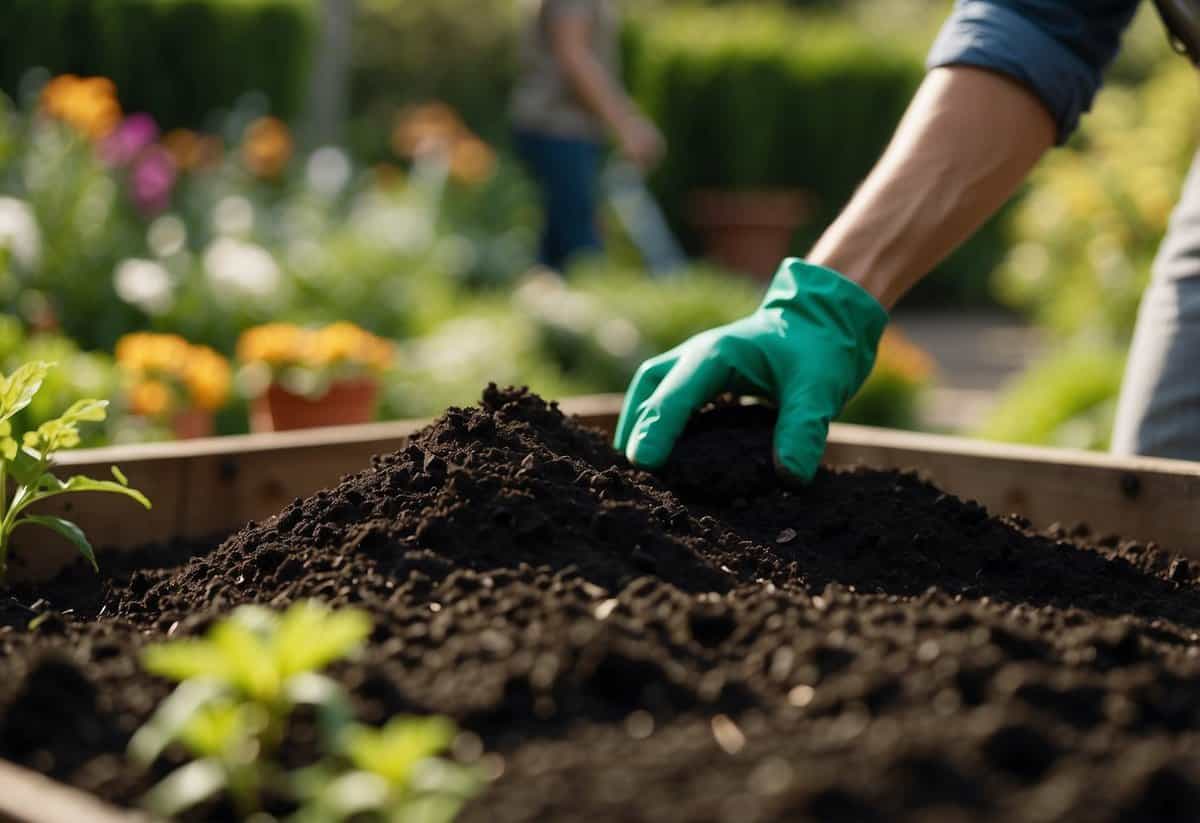
Using organic compost can greatly boost your garden’s soil health.
Mix compost into the top 6-12 inches of garden soil before planting. This enriches the soil, helping plants grow stronger and healthier. Adding a 1-2 inch layer of compost around existing plants can suppress weeds and retain moisture.
Organic compost adds essential nutrients and improves soil structure, making it ideal for any garden. For more detailed advice, check out Garden Organic’s composting tips.
3) Install Water Butts to Save Rainwater

Installing a water butt is a great way to save rainwater. Pick a spot near a downpipe and make sure the surface is flat and firm.
Cut the downpipe and attach a rainwater diverter. Connect the pipe from the diverter to the water butt.
Cover the water butt to keep out debris and insects. This helps keep the water clean and safe for use.
Doing this helps your garden and saves money on water bills. Check the water butt regularly to ensure everything works properly.
4) Grow Your Own Vegetables for Freshness
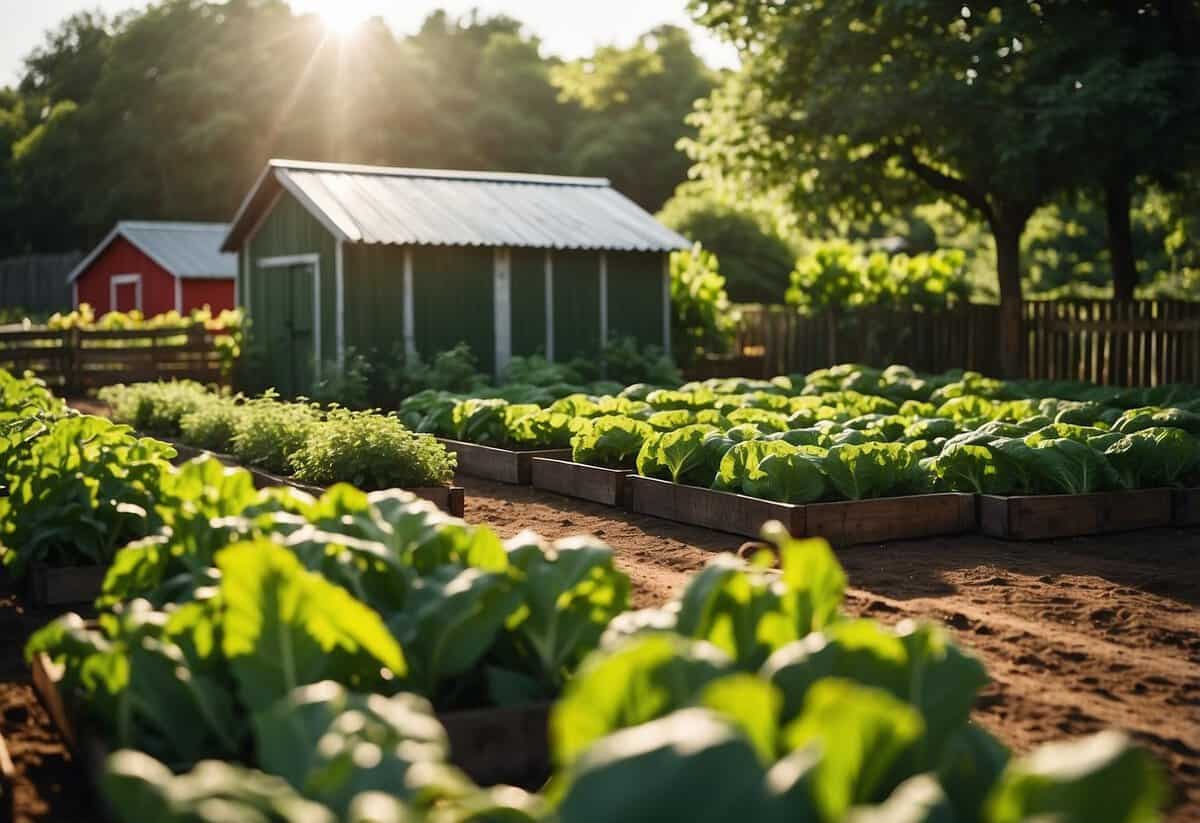
Growing your own vegetables ensures you get the freshest produce possible. You can pick veggies straight from your garden and enjoy them at their peak flavor.
To start, choose vegetables that suit your local climate and soil. Options like tomatoes, carrots, and lettuce often do well in many UK gardens.
Ensure you water and care for your plants regularly. Use compost to nourish the soil for healthier growth. For more detailed tips, visit RHS Gardening.
By growing your own, you’ll enjoy fresher, tastier meals. Plus, it’s a fun and rewarding hobby!
5) Prune Roses in Early Spring

Pruning roses in early spring is key to keeping them healthy and blooming beautifully. You should cut to an outward-facing bud to encourage an open-centered shape. If your roses have a spreading habit, prune some stems to inward-facing buds for more upright growth.
Keep your tools sharp for clean cuts. Use secateurs for smaller stems and loppers or a pruning saw for larger ones. Removing dead or damaged wood will also promote stronger growth and better blooms. Regular pruning ensures your roses look their best and stay disease-free.
6) Use Mulch to Retain Soil Moisture

Mulch is great for keeping your garden hydrated. By placing a layer of mulch over your soil, you help lock in moisture. This is especially useful in the summer when water evaporates quickly.
Choose mulch that suits your garden. Organic options like wood chips and compost are popular. Spread a layer about 2 to 4 inches thick to prevent evaporation and allow rainwater to reach the soil.
Make sure not to pile mulch against plant stems. This can cause rot. Instead, keep a small gap between the mulch and the plants.
7) Plant Sunflowers for a Splash of Color

Sunflowers are a great way to add vibrant color to your garden. Start by planting seeds in small pots filled with multipurpose compost. Plant each seed about 1.5 cm deep and water them well.
Place the pots in a cool, bright spot inside your home. Once the seedlings sprout, remove the plastic cover. Move the young plants outside to a sunny, sheltered spot.
Sunflowers grow best with regular watering and protection from pests like slugs. Stake them for support if needed. Enjoy the cheerful blooms as they brighten up your garden space!
8) Practice Crop Rotation for Better Yields

Rotating your crops can improve your garden’s productivity. This method helps manage pests and diseases by not planting the same family of vegetables in the same spot each year.
Crop rotation also boosts soil fertility. Different plants use and return different nutrients, keeping the soil balanced and healthy. For example, legumes add nitrogen to the soil, benefiting next season’s crops.
Consider a four-bed rotation. Grow potato, pea, cabbage, and carrot separately. Group onions, carrots, and beet together. This way, you keep the soil enriched and reduce pest problems, leading to a more successful growing season.
9) Edge Your Lawn for a Clean Finish

Creating neat edges for your lawn gives it a polished look. Use a half-moon edging tool to cut along the edge of the grass. Keep the tool at a 90-degree angle to achieve a crisp line.
For straight edges, place a plank of wood as a guide. For curves, use a rope to mark the edge shape. Remove excess soil and grass, and drop them into a bucket for composting. This simple step keeps your garden looking tidy and well-maintained.
10) Incorporate Native Plants for Wildlife
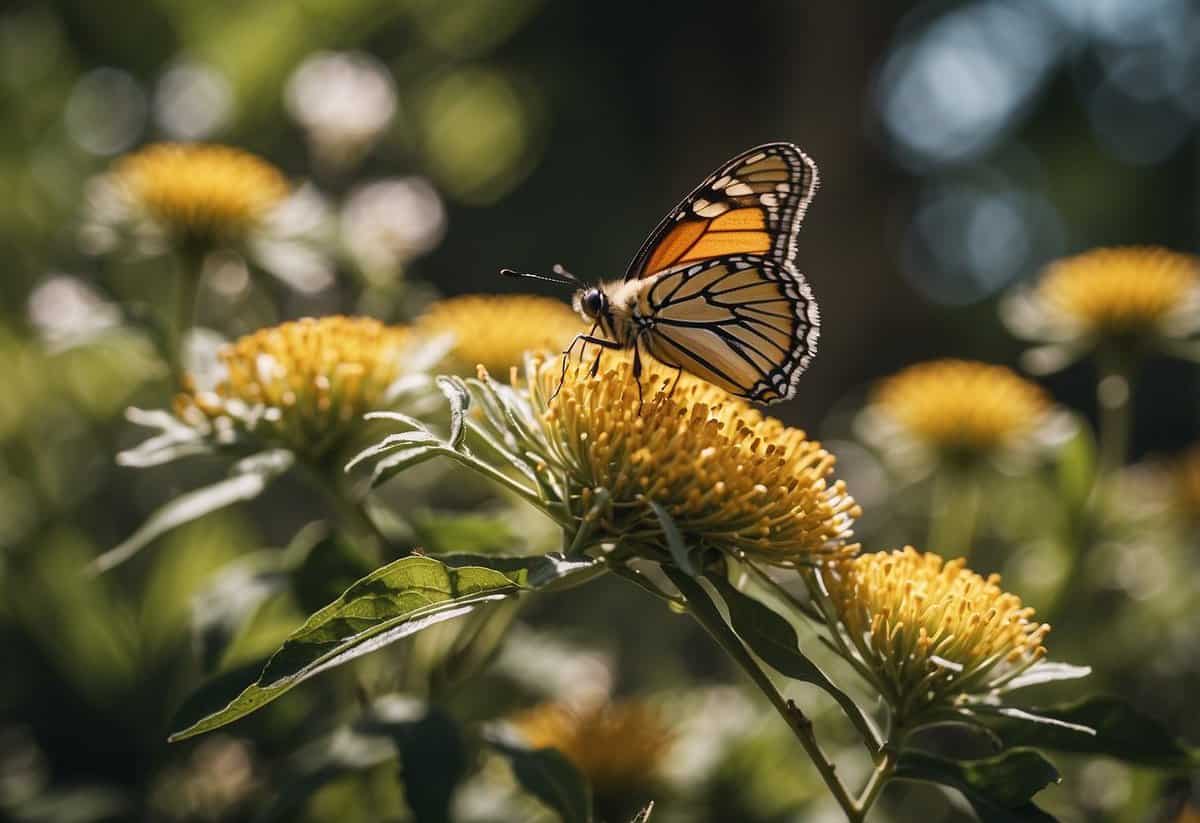
Using native plants in your garden can help attract local wildlife.
Milkweed is a great choice to support monarch butterflies. You’ll love seeing these beautiful creatures visiting your garden.
Trees like silver birches and shrubs such as holly provide shelter for birds and small animals. They add height and interest to your garden.
Create a mixed hedge with native plants to offer food and shelter to various species. Your garden will become a lively, bustling space in no time.
Choosing The Right Plants

Picking plants for your garden in the UK involves knowing the local climate, the benefits of perennials versus annuals, and the native species best suited for your area.
Understanding UK Climate Zones
The UK has several climate zones that impact plant growth. The south tends to be milder and wetter, while the north can be colder with more frost. Knowing your local frost dates and the amount of rainfall can help you choose plants that will thrive. For example, coastal areas often have milder winters but can be windy, which affects plant choice.
Using a map of UK climate zones can be useful. Consult local gardening experts or use resources from RHS to find suitable plants for your area.
Perennial vs. Annual Plants
Perennial plants come back every year, which means less planting work for you. They include plants like bergenia, known for its large leaves and vibrant flowers. Perennials can save time and money since they don’t need to be replanted each year.
Annual plants complete their life cycle in one year. They can add bold colors and diversity to your garden. Common annuals include marigolds and petunias. These plants are great for filling in gaps and adding seasonal interest.
Native Species to Consider
Native plants are adapted to the local climate and soil. They often require less maintenance and are better for wildlife. In the UK, consider species like foxgloves and bluebells for their resilience and ability to support pollinators.
Using native plants can enhance biodiversity and create a more sustainable garden. Consult lists of native species from trusted sites like RHS’s beginner’s guide for more ideas.
By understanding your climate zone, choosing between perennials and annuals, and considering native species, you can create a beautiful and sustainable garden tailored to your local environment.
Soil Preparation

Preparing your soil is key to a successful garden. Focus on testing your soil to know what it needs and improving its quality with organic matter and the right amendments.
Testing Your Soil
Testing your soil helps you understand its pH level and nutrient content. A soil test kit can be bought from any garden center. These kits are usually easy to use and come with instructions.
If you’re unsure, you can also take a sample to a local gardening center for more detailed analysis.
Step-by-Step:
- Take soil samples from different parts of your garden.
- Mix them together.
- Follow the instructions on your soil test kit.
You’ll find out if your soil is acidic, neutral, or alkaline. Most plants prefer slightly acidic to neutral soil, around pH 6-7. Knowing this helps you add the right amendments to improve your soil.
Improving Soil Quality
Improving your soil means adding organic matter to make it fertile. This includes compost, well-rotted manure, or leaf mold. Compost improves soil structure, retains moisture, and provides nutrients.
For clay soil, adding sand or perlite can improve drainage. For sandy soil, more compost helps retain water and nutrients.
Tips:
- Spread a 5cm layer of organic matter over the soil.
- Dig or fork it in to a depth of about 15-18 inches.
Adding these materials not only boosts nutrients but also helps soil bacteria thrive, promoting healthier plant growth. Avoid using too much synthetic fertilizer, as natural options are often better for long-term soil health.
Seasonal Gardening Tips
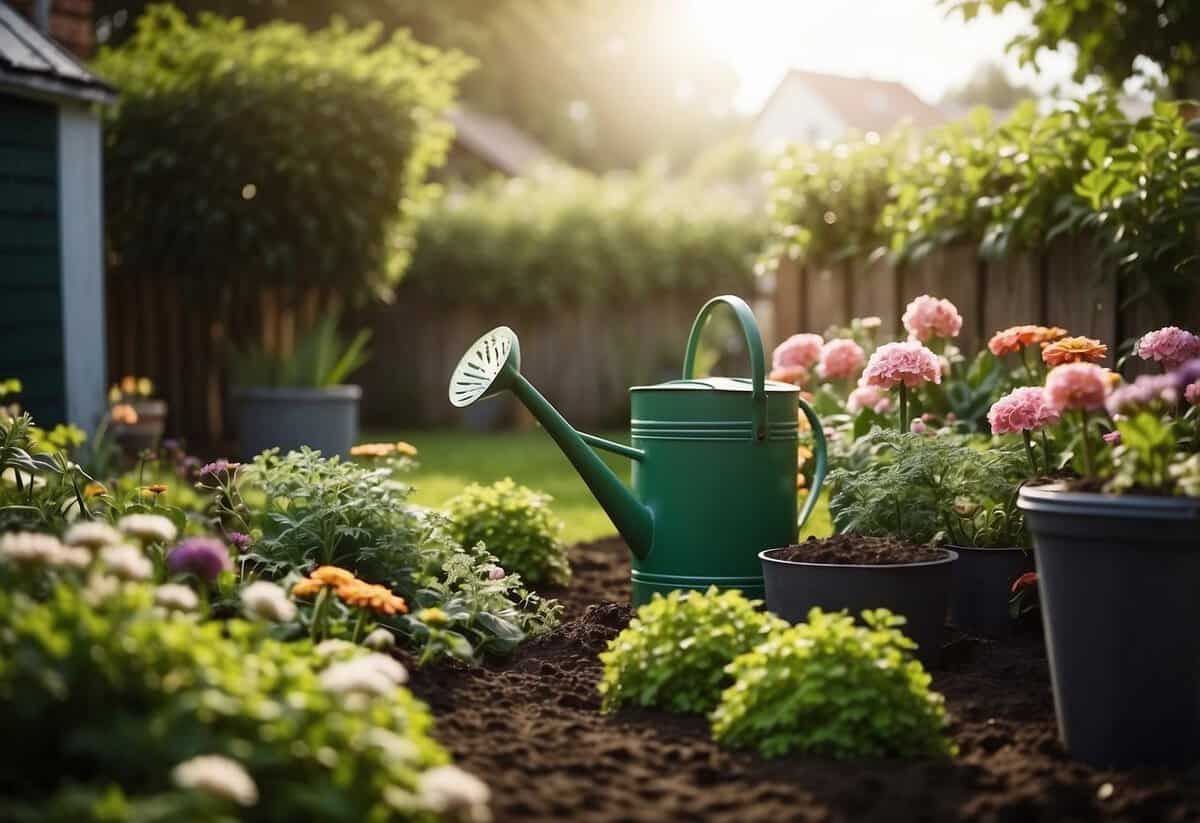
To maintain a thriving garden, follow these seasonal gardening tips specific to the UK climate. We’ll cover important steps for both spring planting and summer care to help you get the most out of your garden.
Spring Planting Guide
Spring is an exciting time to prepare your garden for the year ahead. Start by sowing hardy annuals like marigolds and poppies directly into the soil once the risk of frost has passed. It’s also a good time to plant herbaceous perennials and divide existing ones to promote healthy growth.
Pruning is another key task in spring. Trim your roses and cut back any dead or damaged branches from shrubs. This encourages new growth and helps the plants thrive.
Weeding is essential to keep your garden neat and healthy. Remove weeds early before they have a chance to spread.
Add compost mulch to your borders to enrich the soil and retain moisture. This provides nutrients to your plants and helps them grow stronger.
Sow seeds indoors in trays for delicately germinating plants, then transplant them outside as temperatures rise. This gives you a head start on the growing season and ensures healthy plants.
Summer Care and Maintenance
Summer is all about maintenance and enjoying the fruits of your labor. Watering is crucial as temperatures rise. Water your plants early in the morning or late in the evening to minimize evaporation.
Deadhead faded flowers to encourage new blooms and keep your garden looking vibrant. This simple task can make a big difference in the overall appearance of your garden.
Mowing the lawn regularly keeps it healthy and looking neat. Aim to mow at least once a week, adjusting the height based on the weather to prevent stress on the grass.
Fertilize your plants to provide them with the nutrients they need. Use a balanced, slow-release fertilizer to keep them healthy throughout the summer.
Check for pests regularly and handle any infestations early. Look for common pests like aphids or slugs and use appropriate methods to control them.
By following these tips, you can ensure your garden remains beautiful and productive all summer long.







